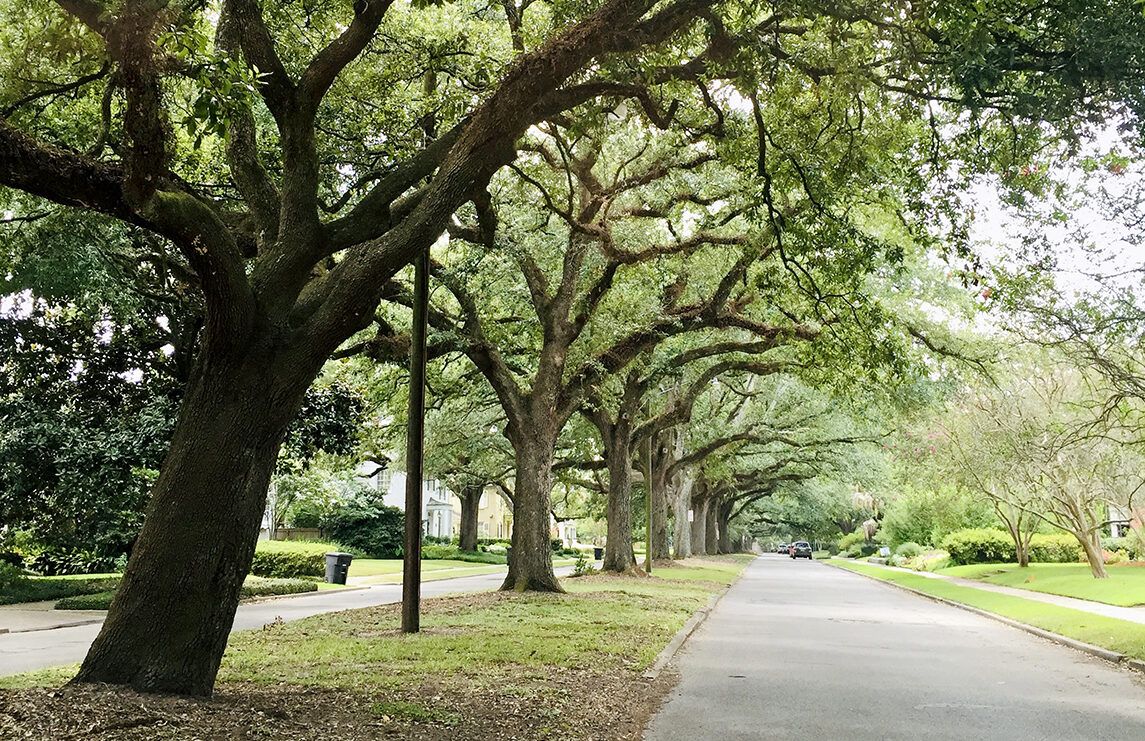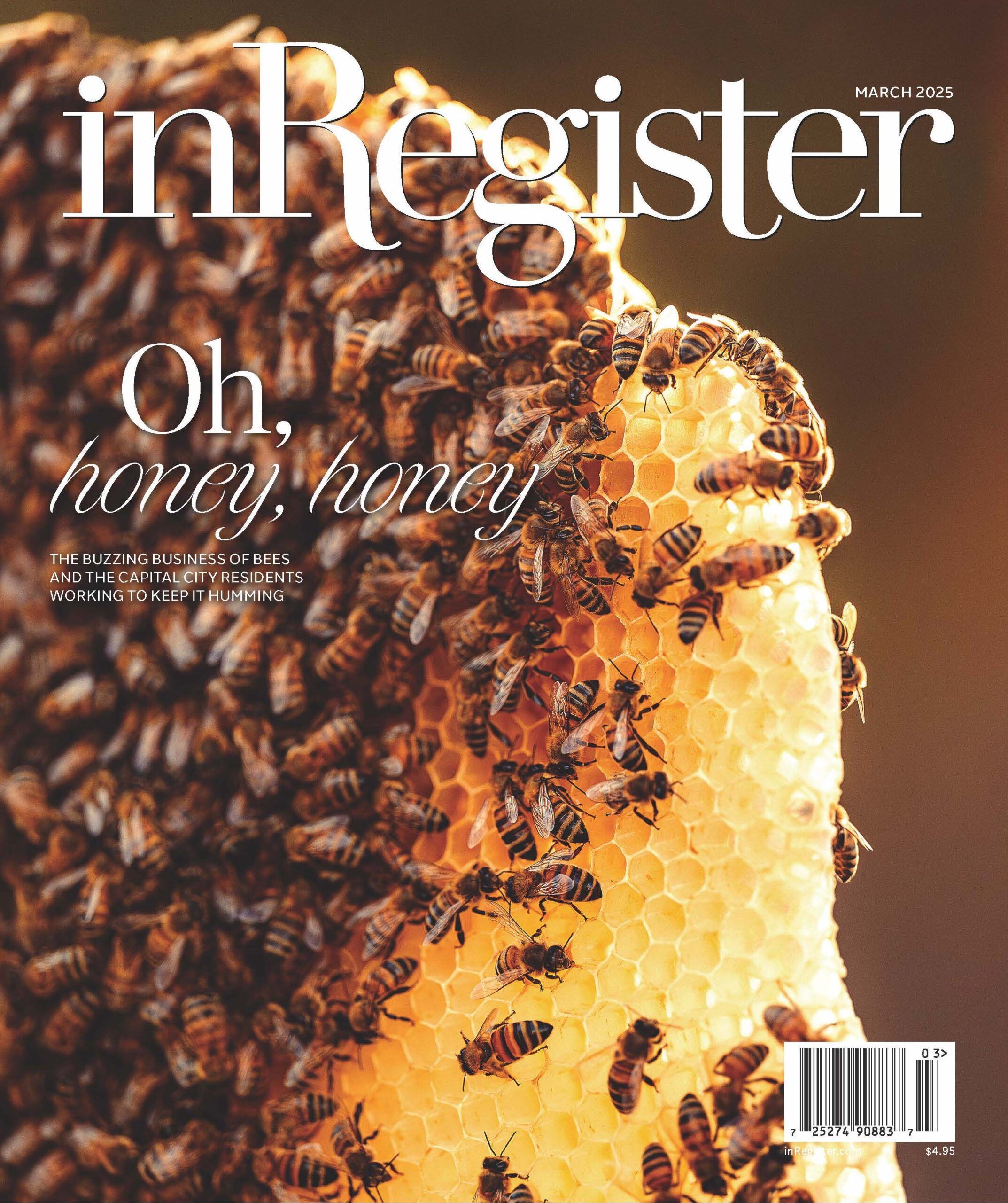
Rooted in place: The best tree varieties for withstanding hurricanes
As Hurricane Ida rolled onto Louisiana shores, we watched through windows as the wind became a whistle, then a howl. Roof shingles flew. Power lines failed. Combined with hours of heavy rain and flooding, the sum of Ida’s ferocity left places like Thibodaux in Lafourche Parish particularly shattered, but not, it seems, in the boughs of the trees reaching up from the battered landscape. Come morning, the strongest among them remained—a bit worse for wear, perhaps, but still unfurling themselves, as usual, into the sun.
“A native species is always the right answer when it comes to hurricane-hardy trees, because they grow naturally in the environment where you’d expect to see bad storms,” says Ryan McKnight of McKnight Landscape Architects. “I’m thinking of trees like live oaks, or Southern magnolias. Any tree with strong, flexible wood and an extended canopy is going to be a good bet.”
Jenny Aucoin, one of McKnight’s landscape architects currently living in Thibodaux, can attest to live oaks’ durability firsthand, having witnessed the trees in her own yard not only survive the storm, but already beginning to replenish the bald spots left by the branches and leaves Ida did manage to carry away.
Still, says McKnight, every tree is different, even within its own species. A bald cypress may withstand a storm, but it doesn’t look particularly inviting in a front yard. One crape myrtle, lush and beautiful, may succeed where another fails.
“It might be a good idea to have the trees in your yard looked at by a professional arborist now and then,” he says. “The frequency of pruning and maintenance will vary from tree to tree.”
Some trees to definitely avoid in the path of a hurricane, however: water oaks, along with certain types of elms.
But don’t judge a tree by its bark. With a little care and a bit of good luck, these centuries-old sentries will continue to do just what we Louisianans have always done—keep on growing.











